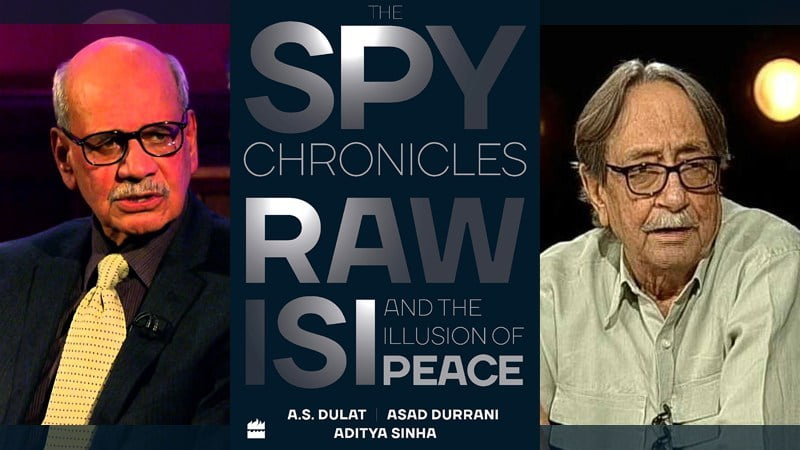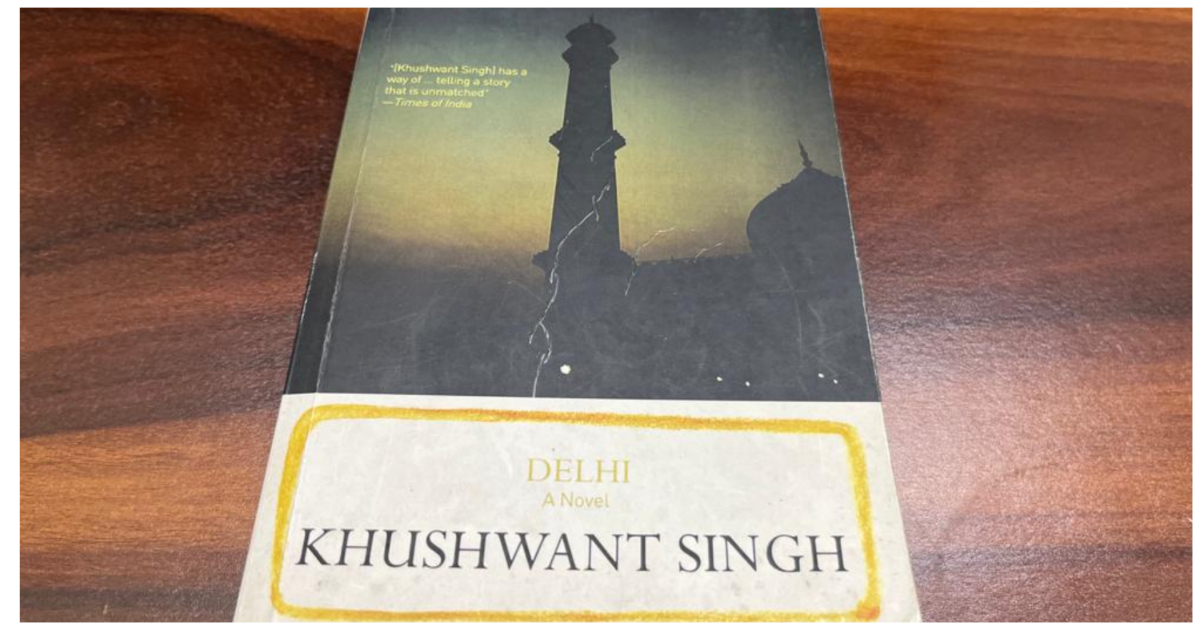Book review | The Spy Chronicles: RAW, ISI and the Illusion of Peace by A.S. Dulat, Asad Durrani and Aditya Sinha
Life is all about unimaginable events materialising in the most unexpected ways. The very possibility of former chiefs of the Research and Analysis Wing (RAW), India and the Inter-Services Intelligence (ISI), Pakistan writing a book together, sharing experiences of their respective clans, appears insane. But this unlikely encounter did happen! Both these ex-spy chiefs met and discussed past events which germinated seeds of the current crisis between India and Pakistan. A.S. Dulat (former RAW chief) and Asad Durrani (former ISI chief) met at the “Chayo Phraya dialogues” at Bangkok, a strategic security initiative organised by the Jinnah Institute as part of Track II diplomacy. The discussions that emerged from these meeting have been documented by journalist Aditya Sinha in The Spy Chronicles: RAW, ISI and the Illusion of Peace.
There is a myth of international diplomacy: favours received become a distant memory. The camaraderie between both men disproved this myth in due course of time. Dulat spilled the beans about a tricky situation in which he helped Durani’s son, which was instrumental in defrosting the ties between the two mavericks. Durrani’s son had been visiting Kochi on business, but was not being allowed to fly out of Mumbai due to some visa restrictions on Pakistani passport holders. It was a catch 22 situation. Help came from the most unexpected quarters as Dulat pulled few strings thanks to his IB background. This gesture helped build a path which was instrumental in erasing doubts and hostilities between them.
Both master sleuths have mentioned a lot of things in the book which give rare insight into the modus operandi RAW and ISI. There is a hint of subtle professional respect between the two sworn enemy establishments. The element of rivalry and professional jealousy is an integral part of their functioning. Durrani and Dulat have done a fine balancing act of ‘the art of disagreeing without being disagreeable’. The two agreed that the element of mistrust is the key to lot of problems between their organisations.
The first few chapters begin with the two retired spymasters introspecting their respective careers. For them retirement is just another phase of their high profile profession. The second set of chapters goes into details about the roles of the two intelligence agencies in forming public policy for their respective countries, and for each other’s countries. It clearly emphasises that if intelligence agencies and their political masters are on the same page than sky is the limit for building a symbiotic relationship. In such a scenario, many relationships are made and destroyed as per the convenience of the establishment and truth rarely reaches its logical end.
The content of The Spy Chronicles is widespread and requires in-depth understanding of the socio-political history of South Asia. The reader might become adrift in an ocean of jargon and references to military and political campaigns that are never quite adequately explained by the author. Clearly the book is aimed for a specific bunch of readers who are well versed with happenings on this side of the hemisphere.
The high point of their interaction is the warmth of their bonding, thanks to their Punjabi lineage. Both have faith in people-to-people contact, they share a common passion for north Indian culture and cricket. They agree that it takes only 35 minutes to travel from Lahore to Delhi, but the geographical distance is not the factor. It is the emotional drift which makes such a short journey difficult and hazardous.
Dulat is an old Kashmir hand and his dialogue with Durrani about this sensitive issue is an integral part of the book. The duo discusses Musharraf’s four-point initiatives and India’s lacklustre response to them due to trust deficit in the General ‘who was widely considered the architect of Kargil War in India.
India feels Pakistan needs to set its own house in order in Baluchistan before blaming India for Kashmir. Within Pakistan, there are fault lines between Punjabis, Pakhtuns and Muhajirs, militants, extremists, hardliners and fundamentalists, while the rise of Hindu fundamentalism in India has been a global concern since at least the Clinton era. As they say, “There is distrust on both sides.”
The conversation moves quickly to an overview of the highlights of relations between the neighbouring countries. These include Vajpayee’s visit to the Minar-e-Pakistan, the 2008 attacks on Mumbai, the case of Kulbhushan Jadhav, Modi’s unexpected visit, and the idea of Akhand Bharat. Across this broad canvas is the constant shadowy figure of the intelligence agencies. Durrani comments that “Late General Hamid Gul was to Pakistan what Ajit Doval is to India.” This clearly shows that Doval is considered the biggest Hawk in Indian security management by Pakistan.
The book holds promise, but it starts wilting due to its thin spread and loses the track–a missed opportunity to properly chronicle what might be the start of a groundbreaking collaboration. Due to lack of better craftsmanship, the final product doesn’t turn up to be very polished and fails to make desired impact as great reading material.
By guest contributor Sachin Arora




